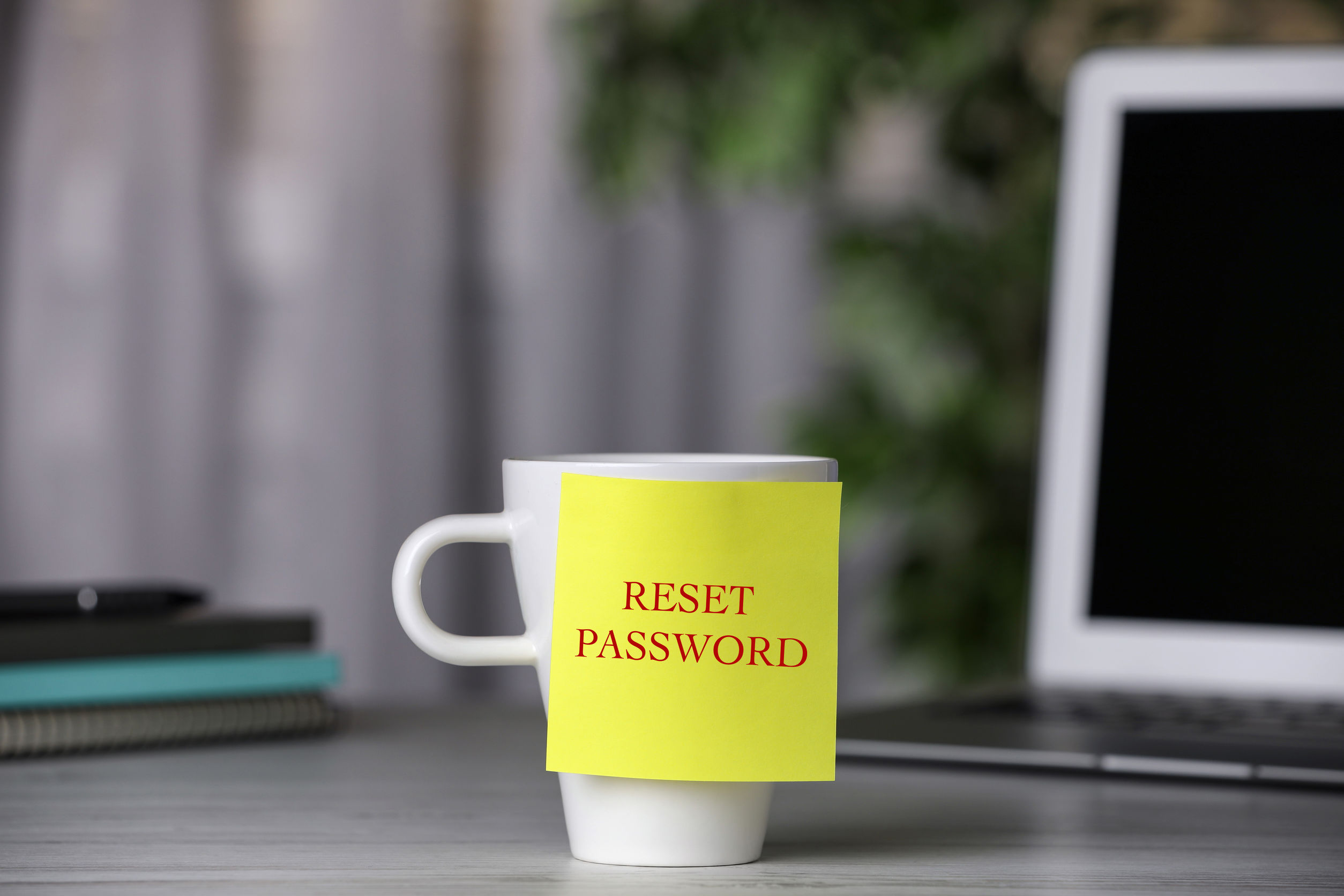Last updated May 2023
The security landscape is constantly changing and evolving – with cybercriminals developing new methods and tactics. Cybersecurity companies do a great job in helping to protect us against these risks. However, too many of us still have bad security habits that make it too easy for cybercriminals to attack.
STOP: Using public Wi-Fi without a VPN
As more and more of our digital lives are carried out on mobile devices, tablets and laptops, using public Wi-Fi hotspots has become more common. Whether you are working remotely from a café, browsing the internet at an airport lounge, want to boost your internet signal when out, or want to avoid using your data allowance. There are many reasons why you would connect to public Wi-Fi.
However, while convenient, these Wi-Fi hot spots are unsafe and carry many dangers – putting your data at risk.
If you have to use public Wi-Fi at home or abroad, use a Virtual Private Network (VPN). When you use a VPN, your internet traffic is encrypted – meaning no one can intercept it, and you can browse the internet safely on public Wi-Fi networks.
STOP: Using easy-to-guess passwords
Qwerty, password, 12345, qwerty123. These are some of the most popular passwords in use, and if they look familiar to you, you should change your password immediately.
More often than not, passwords act as gateways to so much sensitive information. Online banking, emails, work systems, social media – imagine everything a hacker could do with this information. Still, too many people use easily guessable passwords.

With cybercrime on the rise, having strong, secure passwords is crucial to keeping your online identity and accounts safe. To make it as difficult for hackers to get into your accounts easily, you need to make your password as complex as possible using a variety of uppercase and lowercase letters, as well as numbers and special characters. It is also important to avoid common words like names and places, as these could be found more easily by a malicious actor from your social media, for example. Check out this infographic to help create a new strong password.
STOP: Using the same password for multiple accounts
Nothing is 100% safe from hacking, even with a secure password. With this in mind, you mustn't have the same password for all your accounts.
Remembering different complex passwords for each account is a tall order – so use a password manager to keep these secure.
Password managers store, generate and update unique passwords with just a button. The benefit of a good manager is that you, in essence, only need to remember one set of credentials – the ones you use to log into the password manager.
STOP: Downloading attachments from unknown sources
Stop clicking on suspicious links or downloading attachments from unknown sources. Hackers often use phishing emails and messages to trick people into clicking on links or downloading attachments that contain malware. So, it's essential to be careful and avoid clicking on links or downloading files from unknown sources.

STOP: Ignoring security updates
We have all been there – we are in the middle of something, and we get a pop-up on our phone asking us to install a software update. There's always a reason to keep hitting the 'remind me later button'.
However, while these pop-ups can be annoying, it is vital not to avoid them. These updates contain security patches – fixing vulnerabilities in your software and applications susceptible to cyber-attacks. Installing these updates as soon as possible is vital to close down opportunities for criminals to exploit your data.
STOP: Sharing sensitive information online
Avoid sharing sensitive information, such as passwords or credit card details, online or over social media.
STOP: Not using two-factor authentication
Two-factor authentication adds an extra layer of security to your accounts by requiring you to provide a secondary authentication method, such as a fingerprint or a code sent to your phone, in addition to your password.
Interested to learn more? Carry on reading:
6 Tactics to Keep Your Email Secure